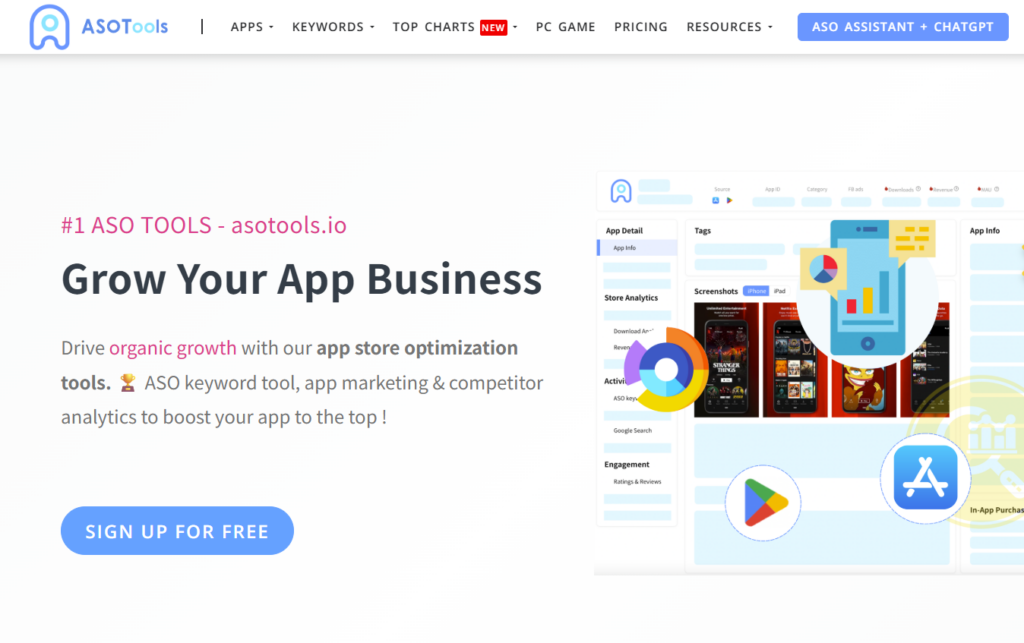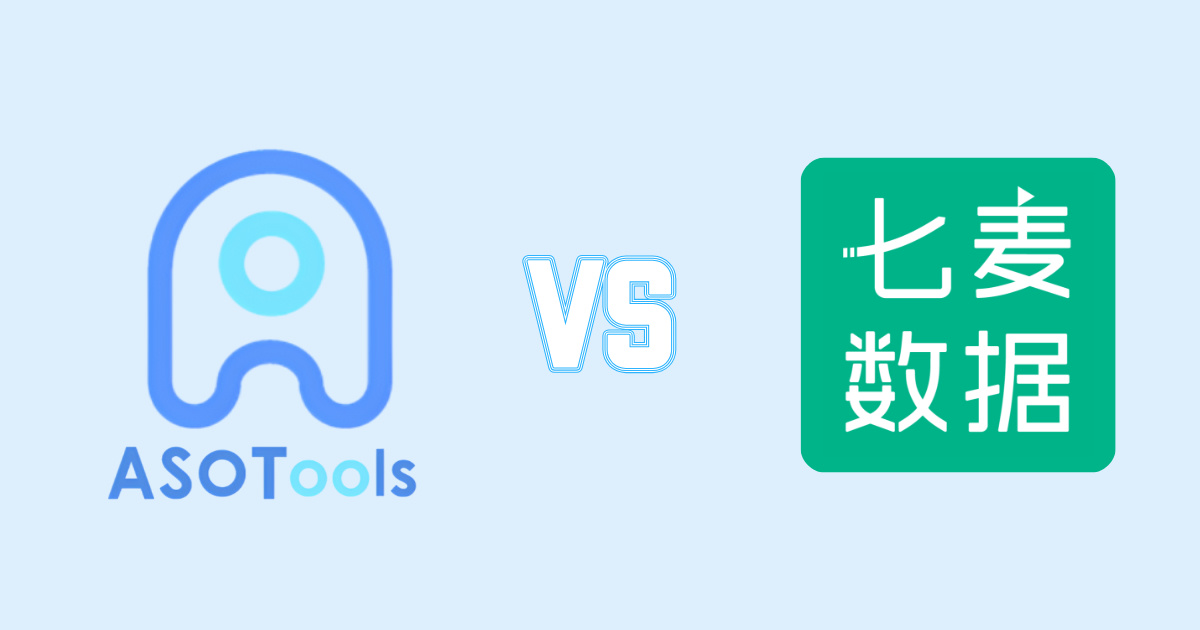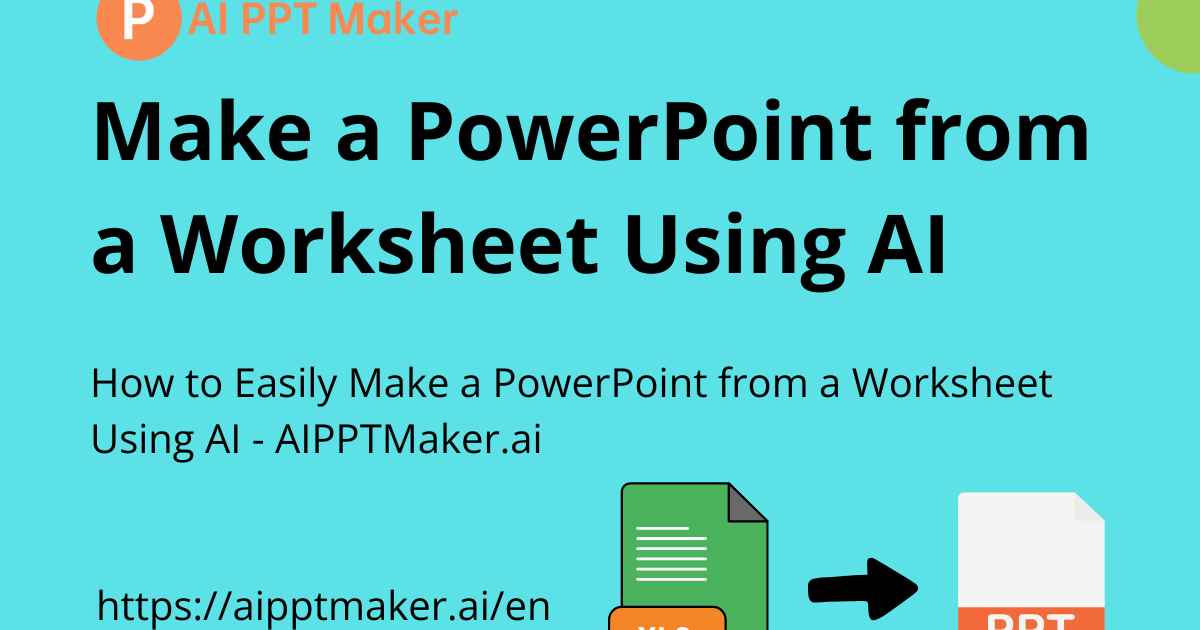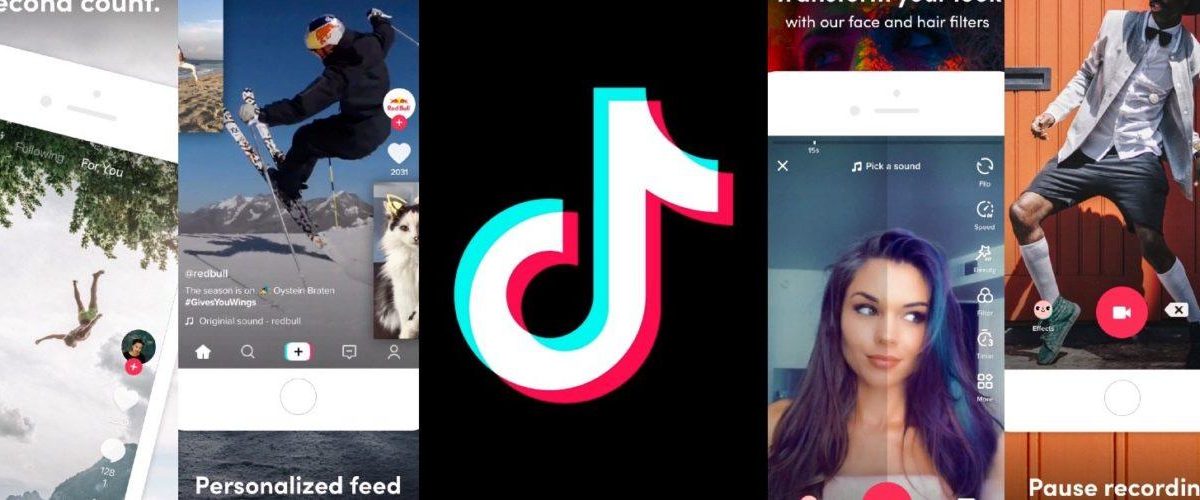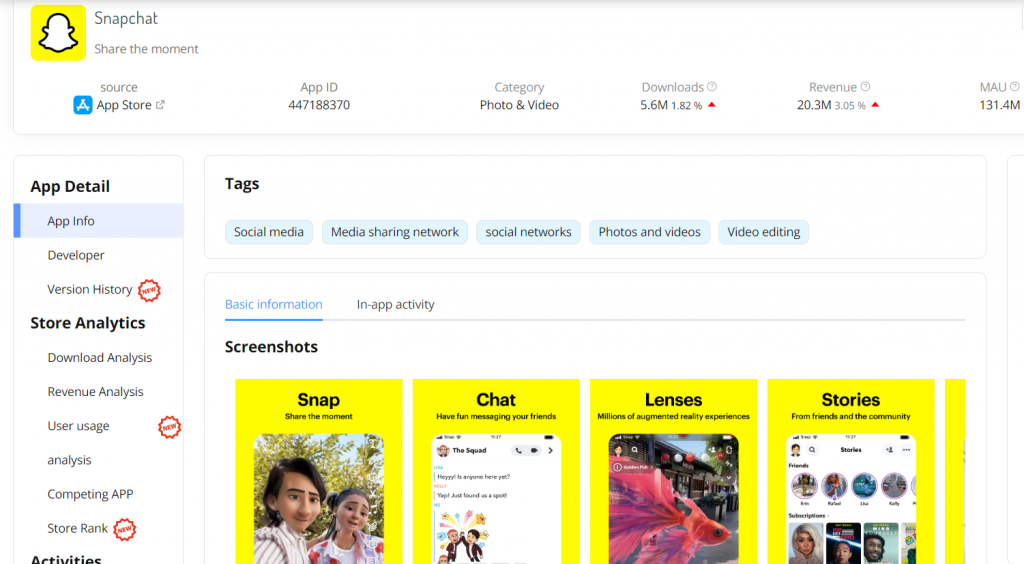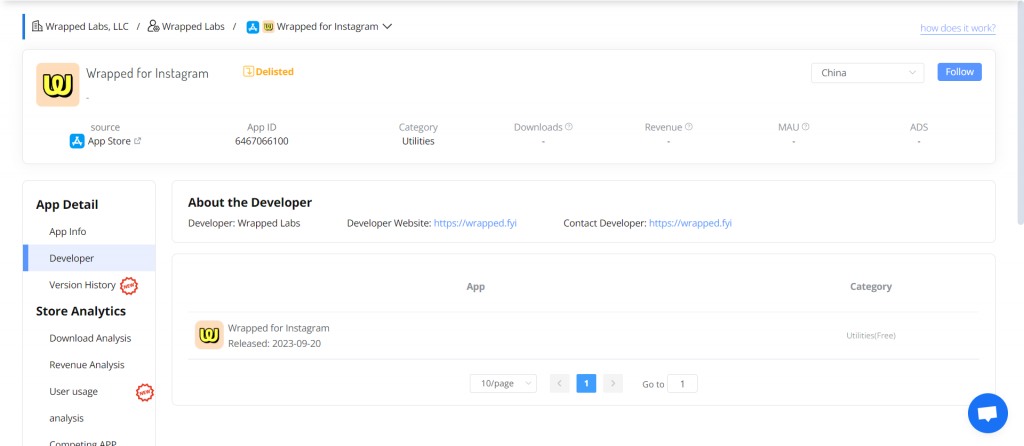Introduction
It’s easy to get overwhelmed by dashboards full of charts, KPIs, and percentages. But not every app metric deserves your time. In 2025, the challenge isn’t collecting more data—it’s knowing which app metrics actually lead to better product decisions, smarter marketing, and long-term growth.
Here are 10 app metrics that actually help you grow, optimize, and make better decisions—without getting lost in vanity numbers.

1. Install Conversion Rate (CVR)
What it is:
The percentage of users who land on your app’s store page and end up tapping “Install.” It’s often broken down by traffic source—search, browse, ads—on platforms like App Store Connect.
Why it matters:
This is your app’s first real test: when someone sees your icon, screenshots, and reviews—do they feel confident enough to install? A low CVR usually means your store listing isn’t convincing, even if you’re getting plenty of traffic.
How to improve it:
- A/B test your screenshots and feature text—especially the first two images.A/B
- Localize for top markets; adapting visuals often works better than translating text.
- Keep your rating above 4.3 by prompting happy users at the right time.
- Monitor install drop-offs by source to catch underperforming campaigns.
Common mistake:
Focusing only on getting more impressions—without fixing a low CVR—just wastes ad budget or organic traffic potential.
2. Retention Rate (Day 1, 7, 30)
What it is:
The percentage of users who return to your app after 1, 7, or 30 days from their first session. Usually tracked by cohorts.
Why it matters:
Retention shows whether your app provides enough value to bring users back. Without retention, growth is temporary—you're constantly filling a leaky bucket.
How to improve it:
- Simplify onboarding—let users reach core value fast, ideally in the first session.
- Add engagement hooks: personalized reminders, smart push notifications, or early rewards.
- Segment your retention by channel—paid vs. organic users behave very differently.
- Use tools like Firebase or Amplitude to visualize drop-off points.
Common mistake:
Looking at overall average retention. Always break it down by channel, device, region, or user intent—you’ll find very different patterns.
3. Session Frequency
What it is:
How often users open your app in a given time period—daily, weekly, or monthly.
Why it matters:
This metric gives you insight into habit. Are users coming back because they need your app, or did they forget it after day one?
How to improve it:
- Add value-driven nudges—like reminders, new content updates, or daily incentives.
- Track power users separately—what features do they use that others ignore?
- For some apps, fewer but deeper sessions are normal; for others, daily touchpoints are essential.
Common mistake:
Comparing frequency across unrelated categories. A calendar app and a mobile game won’t (and shouldn’t) have the same usage rhythm.
4. Crash-Free Users Rate
What it is:
The percentage of users who experience zero crashes while using your app.
Why it matters:
Even one crash—especially during the first few sessions—can ruin trust. Stability is foundational to retention, yet often overlooked.
How to improve it:
- Monitor crash rates by OS version, device model, and app version.
- Use tools like Crashlytics or Sentry to prioritize high-impact crashes.
- Always test major releases with a beta group before full rollout.
- Correlate spikes in churn with crash logs—you’ll often find a match.
Common mistake:
Treating crash rate as a dev-only issue. In reality, it directly affects your marketing ROI and app store reviews.

5. Lifetime Value (LTV)
What it is:
The total revenue you can expect to earn from a single user over the full course of their usage lifecycle.
Why it matters:
LTV tells you how much each user is worth, which sets the ceiling for your acquisition cost. If your LTV is lower than your cost per install, you’re scaling a money-losing app.
How to improve it:
- Identify key actions linked to higher LTV—e.g., completing onboarding, connecting a payment method.
- Segment LTV by traffic source and campaign to guide your ad strategy.
- Test upsell flows or feature gating to increase monetization per user.
Common mistake:
Using short-term trial data (like first 7 days) to project long-term LTV. Early projections are often too optimistic and misleading.
6. Return on Ad Spend (ROAS)
What it is:
The revenue generated from paid users divided by total ad spend. Often tracked at 1, 3, 7, or 30-day intervals.
Why it matters:
ROAS is the clearest measure of whether your paid acquisition is sustainable. If your return doesn’t justify your spend, you’re burning money.
How to improve it:
- Cut unprofitable channels quickly—especially ones with low retention.
- Optimize creatives for top-converting segments, not just CTR.
- Track ROAS by cohort, campaign, and geography—not just overall average.
- Test deep linking to drive post-install engagement from ads.
Common mistake:
Only looking at Day 0 or Day 1 ROAS. Many apps (especially subscription-based) see revenue trickle in over time—don’t shut down a campaign too early.
7. Churn Rate
What it is:
The percentage of users who stop using your app within a specific timeframe.
Why it matters:
Churn is the mirror image of retention. If you’re acquiring users quickly but losing them just as fast, your growth is superficial.
How to improve it:
- Identify the churn point—what day or feature tends to trigger drop-off?
- Offer re-engagement campaigns (email/push) with targeted messaging.
- Survey or message users who leave early—understanding why is half the battle.
Common mistake:
Looking only at monthly churn. Early churn (within first 3 days) often makes up the majority of total churn—but is also the easiest to fix.
8. In-App Purchase Conversion Rate
What it is:
The share of users who make a purchase inside your app—either one-time, subscription, or upgrade.
Why it matters:
This metric shows whether you’re successfully converting usage into revenue. Especially in freemium models, it's the difference between growth and profitability.
How to improve it:
- Make the premium value clear before asking for payment.
- Use soft paywalls that show what users miss without blocking their journey entirely.
- Offer trial periods or limited-time upgrades to reduce friction.
Common mistake:
Pushing for payment too early or too hard. If users don’t see value yet, they’ll bounce instead of converting.

9. Rating Trend (Rolling 30 Days)
What it is:
The direction of your app’s rating over the past 30 days—not just the average score.
Why it matters:
Ratings impact visibility, trust, and installs. A declining trend, even with a “good” average, signals something’s wrong—bugs, UI changes, bad pricing decisions.
How to improve it:
- Ask for reviews after positive user moments (e.g., task completion, win, share).
- Address negative feedback publicly—especially when related to bugs or misunderstood features.
- Track rating trends per country or device—you may find localized issues.
Common mistake:
Chasing 5-star reviews in bulk or at the wrong moment. It leads to unnatural patterns that app stores can penalize.
10. DAU/MAU Ratio (Stickiness)
What it is:
Daily Active Users divided by Monthly Active Users—a proxy for how “sticky” your app is.
Why it matters:
A high ratio (0.2+) means users are coming back regularly, not just occasionally. It’s a strong sign of product-market fit and repeat value.
How to improve it:
- Add daily incentives or new content to keep users coming back.
- Reduce friction in re-entry—e.g., auto-login, fast load, relevant homepage.
- Study behaviors of your most loyal users and design more around them.
Common mistake:
Assuming low DAU/MAU means failure. Some apps (e.g., travel, tax, budgeting) are built for low-frequency but high-intent use.
Final Thoughts
These 10 app metrics won’t just fill your dashboard—they’ll guide your decisions. But metrics are only as powerful as your ability to act on them. Watch the right signals, interpret them in context, and most importantly: tie them to experiments, not just reports.
Don’t try to optimize everything at once. Start with what’s leaking the most value—and use tools like ASOTools to track what’s working as you go.
